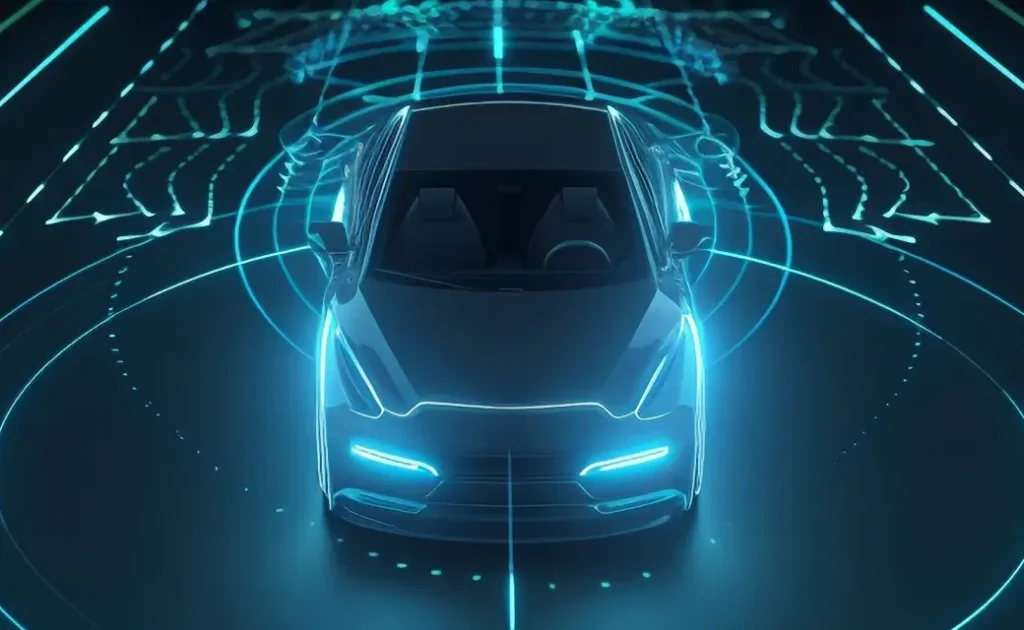The world is changing rapidly. Currently, there are about 1.3 billion vehicles in use worldwide. In the United States alone, the mobility market is expected to double in size every three years, with a compound annual growth rate (CAGR) of 35.6% projected through at least 2030.(see Fig. 1).
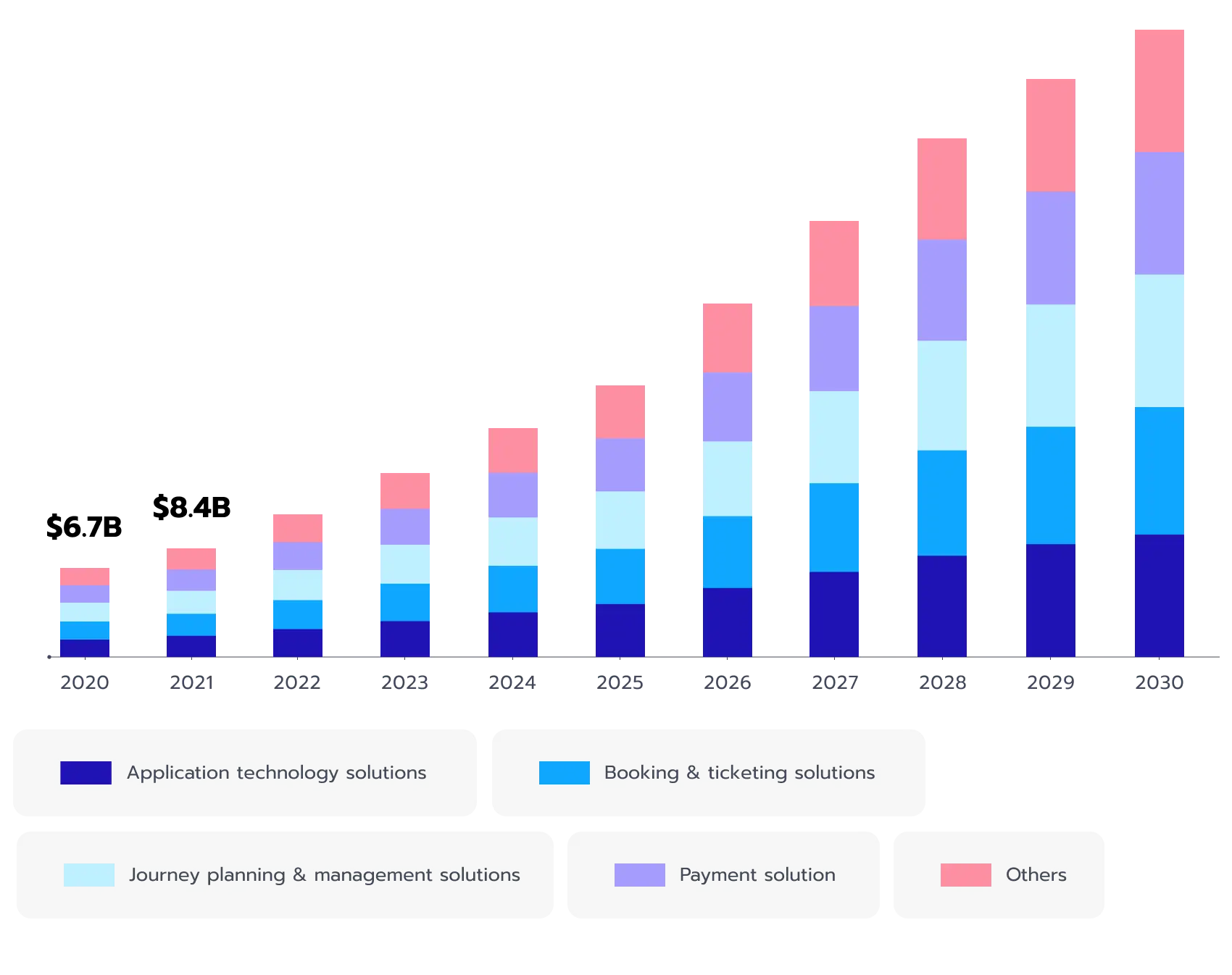
Figure 1. The U.S. mobility as a service market size
Traditional factories are now adapting to emerging mobility solutions, a shift that is clearly reflected in current mobility trends. These trends are driving transformation across various sectors, which is why we are exploring the convergence of manufacturing and mobility.
We start by asking several questions:
1. What is the mobility industry?
2. What is the future of mobility?
And we pose a hypothesis: that the selected mobility trends and insights will be the key drivers of the mobility market in 2025 and beyond.
In this article, we discuss new technologies, consumer behavior, and smart investments. We explore data from leading voices and industry experts. The key goal is to prove the hypothesis and offer readers practical insights into where the mobility market is moving from the tech perspective.
Let’s proceed to the top mobility trends of 2025.
1. Convergence of manufacturing and mobility
Manufacturing is no longer isolated. Traditional assembly lines now work hand in hand with mobility solutions. Such a shift means that both sectors must adapt. Without convergence, it is virtually impossible to keep up with the tech era and make sure your company stays afloat.
Many experts point out that the evolution of the mobility industry is a major trend in itself. One of the most notable directions of this evolution is the push for more efficient and cleaner mobility technologies. McKinsey’s analysis highlights this, showing how new manufacturing practices support transportation modes that are both cleaner and more efficient. The traditional internal combustion engine is gradually giving way to electric vehicle (EV) technology, marking a shift toward sustainability.
We are now in an era where innovation is the norm. Startups and established players alike are building a more connected, seamless mobility ecosystem. The ecosystem supports new mobility options and drives increased investment in sustainable mobility. As a result, manufacturing trends and mobility trends are converging to create a leading-edge environment.
2. Shifting consumer demands and new technologies
Consumer preferences are changing rapidly. Recent consumer surveys reveal that a growing percentage of respondents favor mobility options that are flexible and eco-friendly. The trend is clear: fewer people want private car ownership. Instead, many are replacing their private vehicles with other modes, such as shared mobility and public transportation (see Fig. 2).
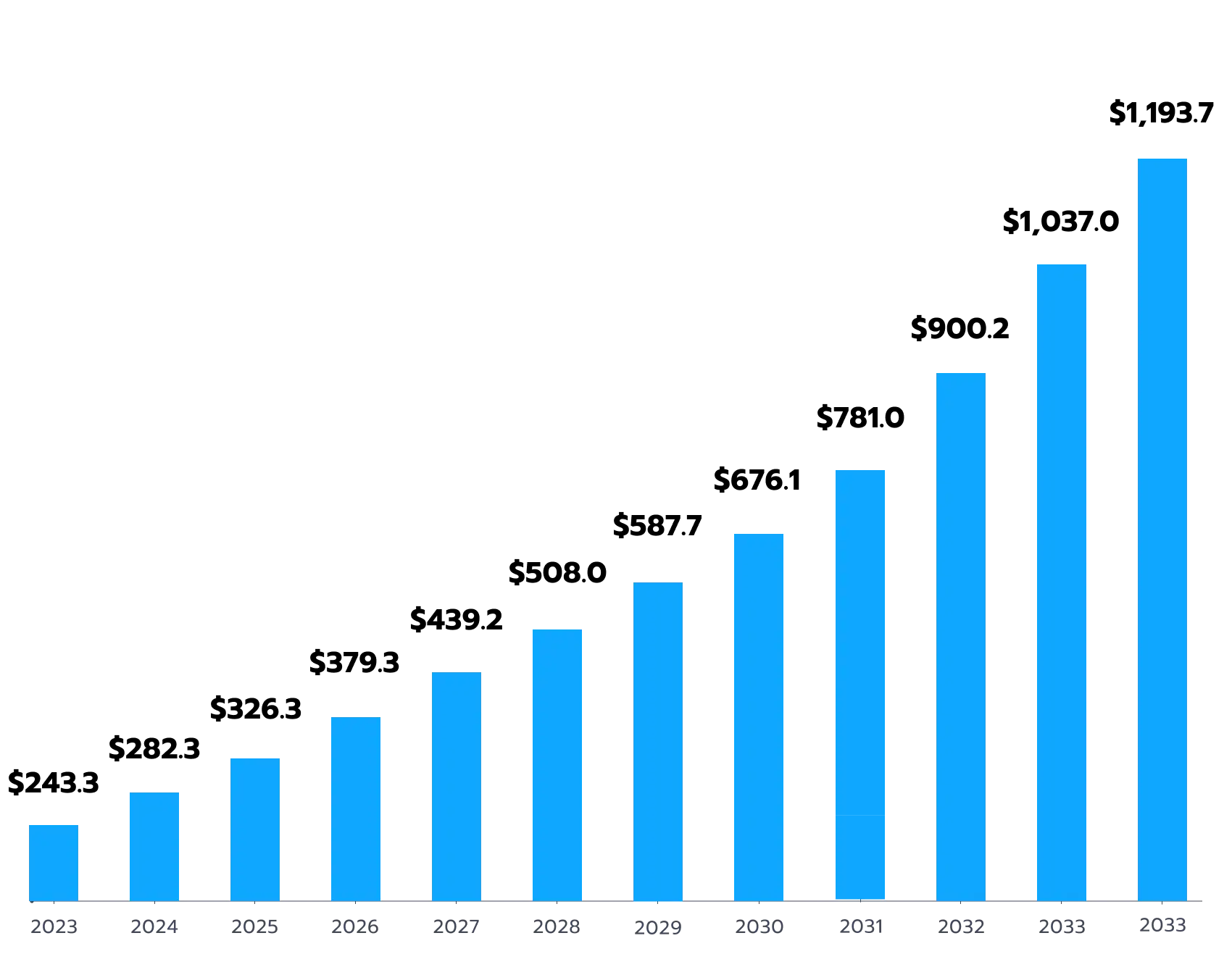
Figure 2. Shared mobility market revenue in USD billion
The global automotive industry sees this change as an opportunity. Consumer spending is shifting toward services like ride-hailing and car-sharing, which can potentially generate up to $1 trillion in consumer spending. These mobility options are soaring in popularity in many cities. The future of mobility trends is driven by on-demand services and multimodal travel. Such a shift reduces congestion and eases the strain on urban environments. Basically, it is a win-win situation for all the shareholders involved.
3. Electrification and the rise of the EV
Electrification is one of the most important mobility trends to watch. The rise of the electric vehicle (EV) is reshaping the automotive industry. While there was some stalling related to the legacy battery technology, now, new technology based on lithium-ion cells is advancing quickly. Car companies are now investing billions by 2030 to expand their EV market share (see Fig. 3).
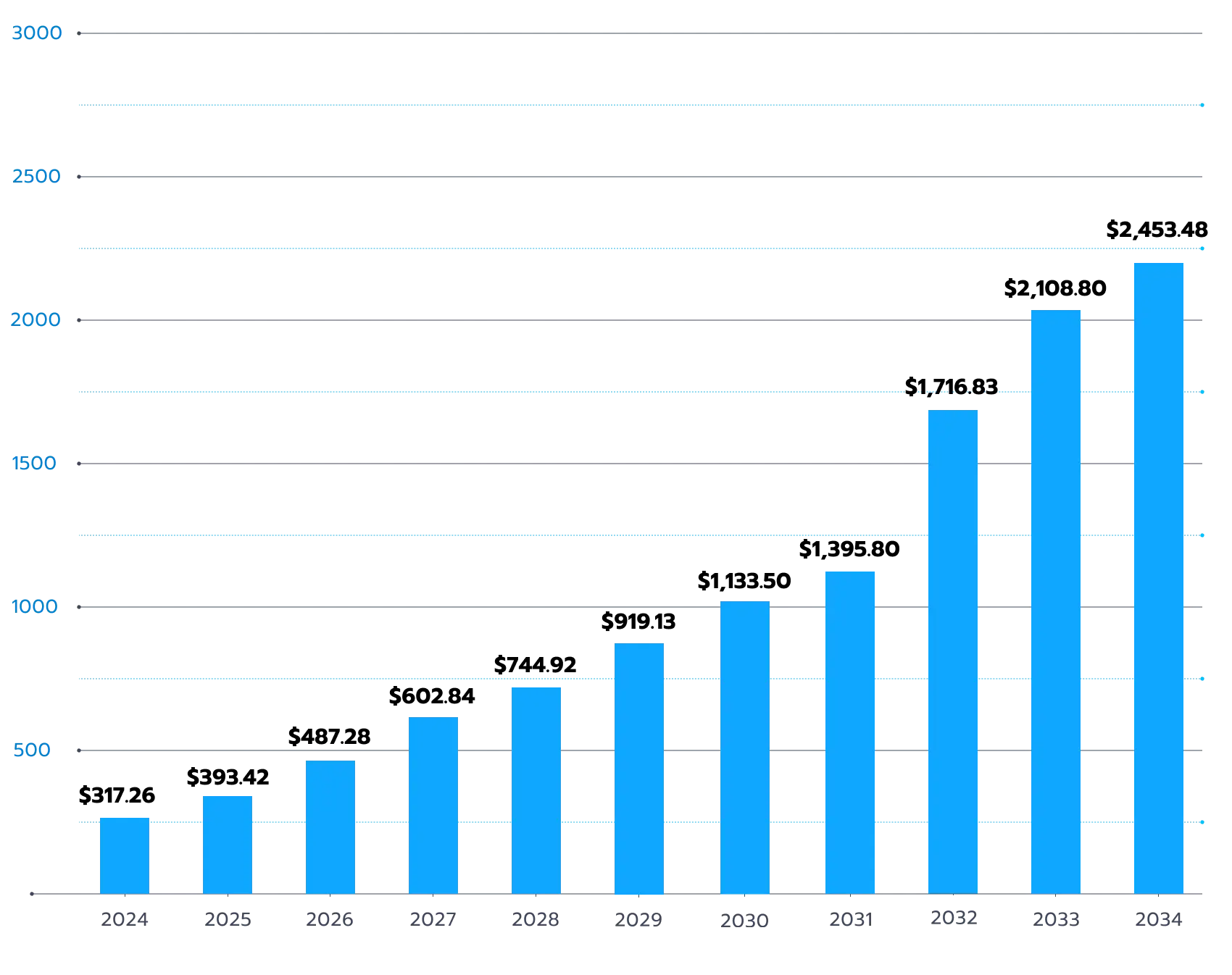
Figure 3. EV market size 2024 to 2034 in USD billion
Many consumers now favor electric vehicles for their lower carbon emissions and other sophisticated features (see Fig. 4). There is definitely a cultural trend going on. The one suggesting owning an electric car is a more sustainability-minded choice.
The EV-based trend is a win for both the environment and the economy. The automotive industry sees fewer cars powered by internal combustion. Instead, more are built with electrification in mind. Most likely, the trend will continue, and the scale will further move toward the electric rather than internal combustion options.
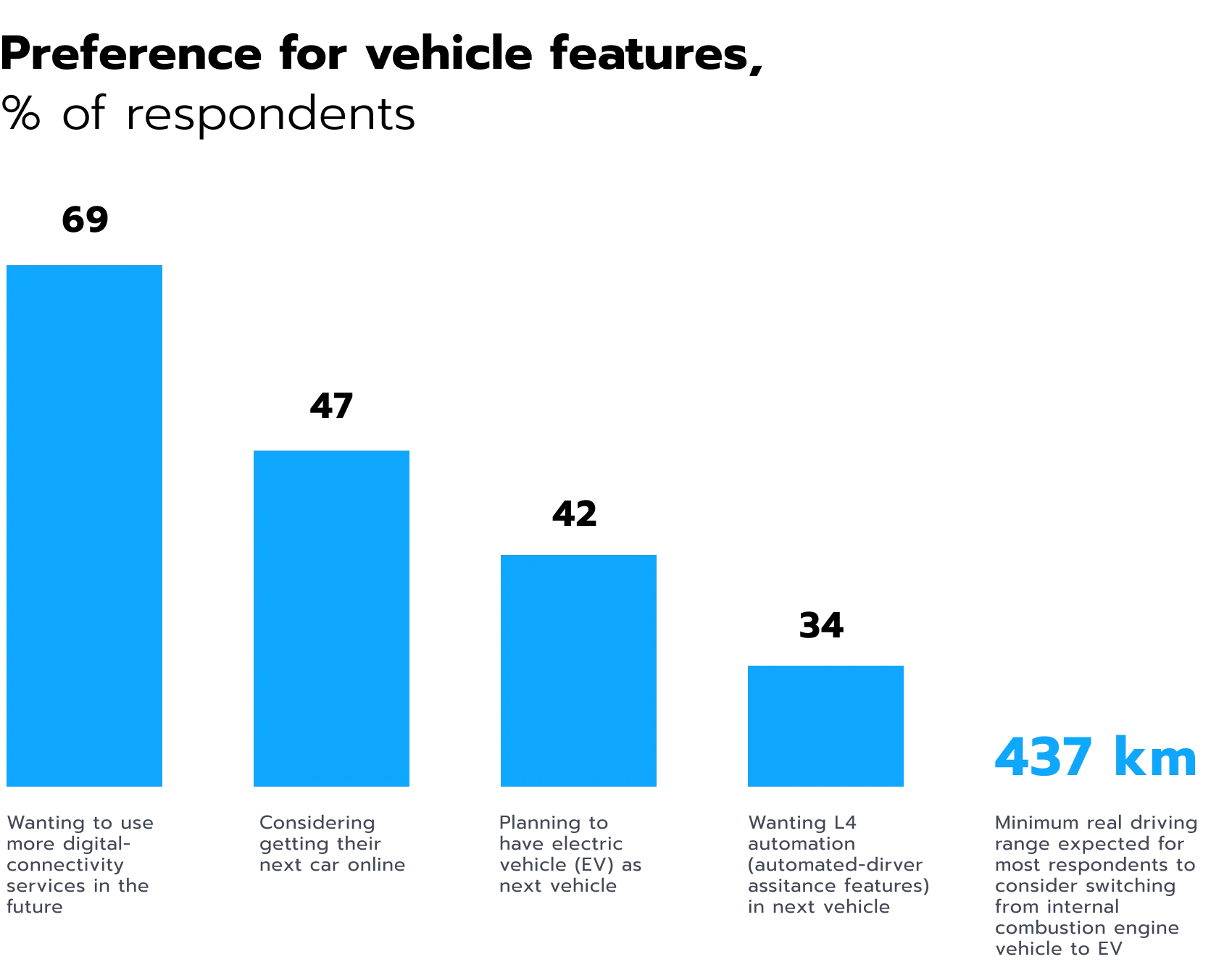
Figure 4. Interest in EVs and sophisticated vehicle features
Global automotive brands are ultimately planning to replace traditional powertrains with electric vehicles. This shift not only helps meet stricter emission standards but also supports greener practices. Increased investment in electrification is becoming more common, as manufacturers recognize the competitive advantage in an industry that increasingly values environmentally friendly mobility.
4. Urban mobility and shared mobility solutions
Urban mobility faces unique challenges. Cities are growing, and traffic congestion is a constant and costly threat (see Fig. 5). Public transport and shared mobility can be a solution to tackle traffic congestion. Shared mobility allows more people to travel without owning a private car. This trend is evident in major cities around the world.
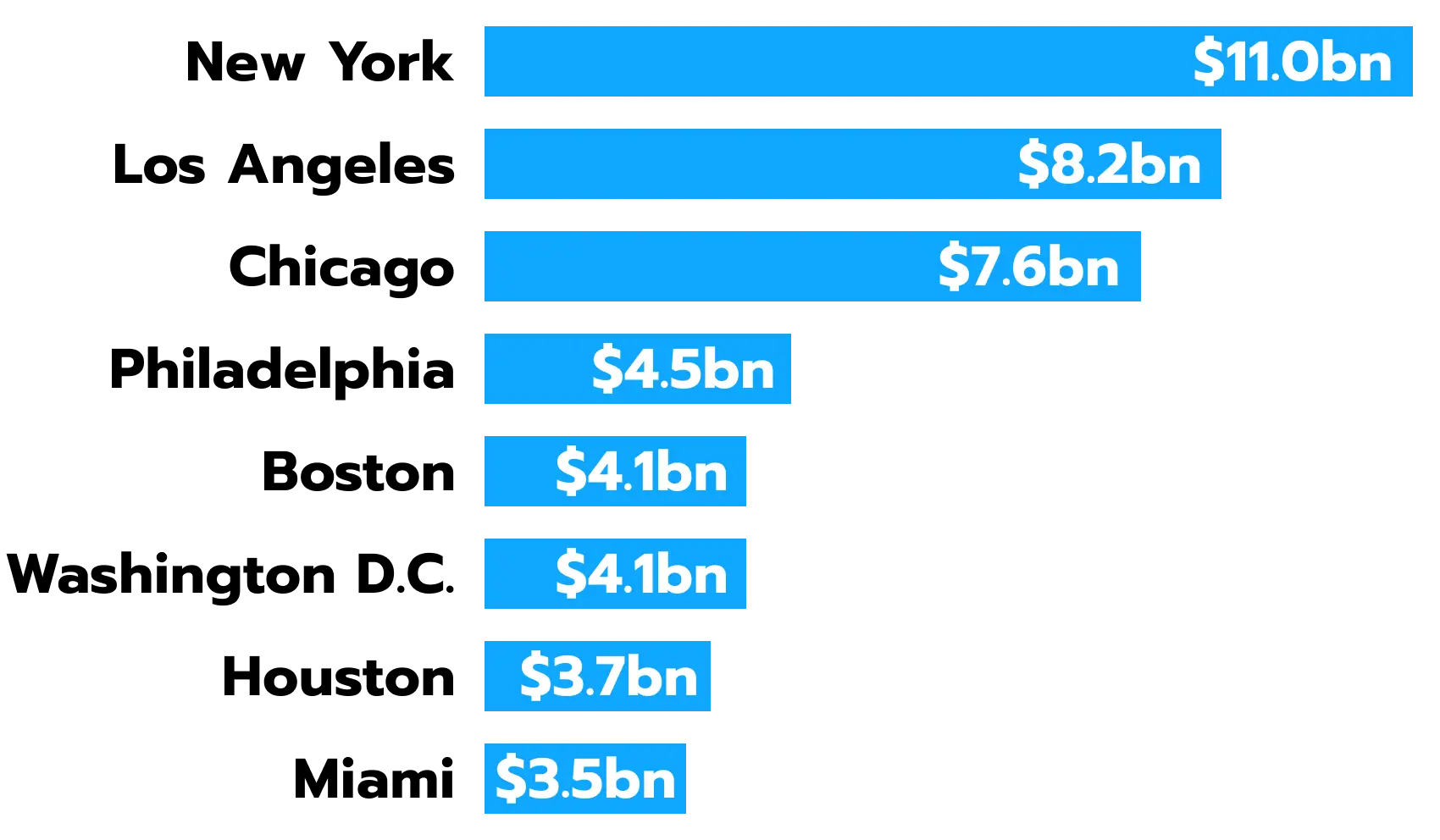
Figure 5. Annual congestion costs in U.S. cities
Recent stats show that shared mobility is gaining ground.
- car-sharing programs;
- on-demand transport.
The aforementioned approach is gaining popularity fast. These modes of transport ease congestion in busy cities. They also reduce the number of cars in cities. As a result, urban mobility becomes more sustainable.
5. Sustainability and emission reduction
As mentioned earlier, sustainability is a major force in shaping the future of mobility. The drive to reduce emissions is central to many of the current mobility trends (see Fig. 6). Governments and industries alike are committed to lowering carbon emissions. This collective push is leading to greener and more sustainable mobility practices.
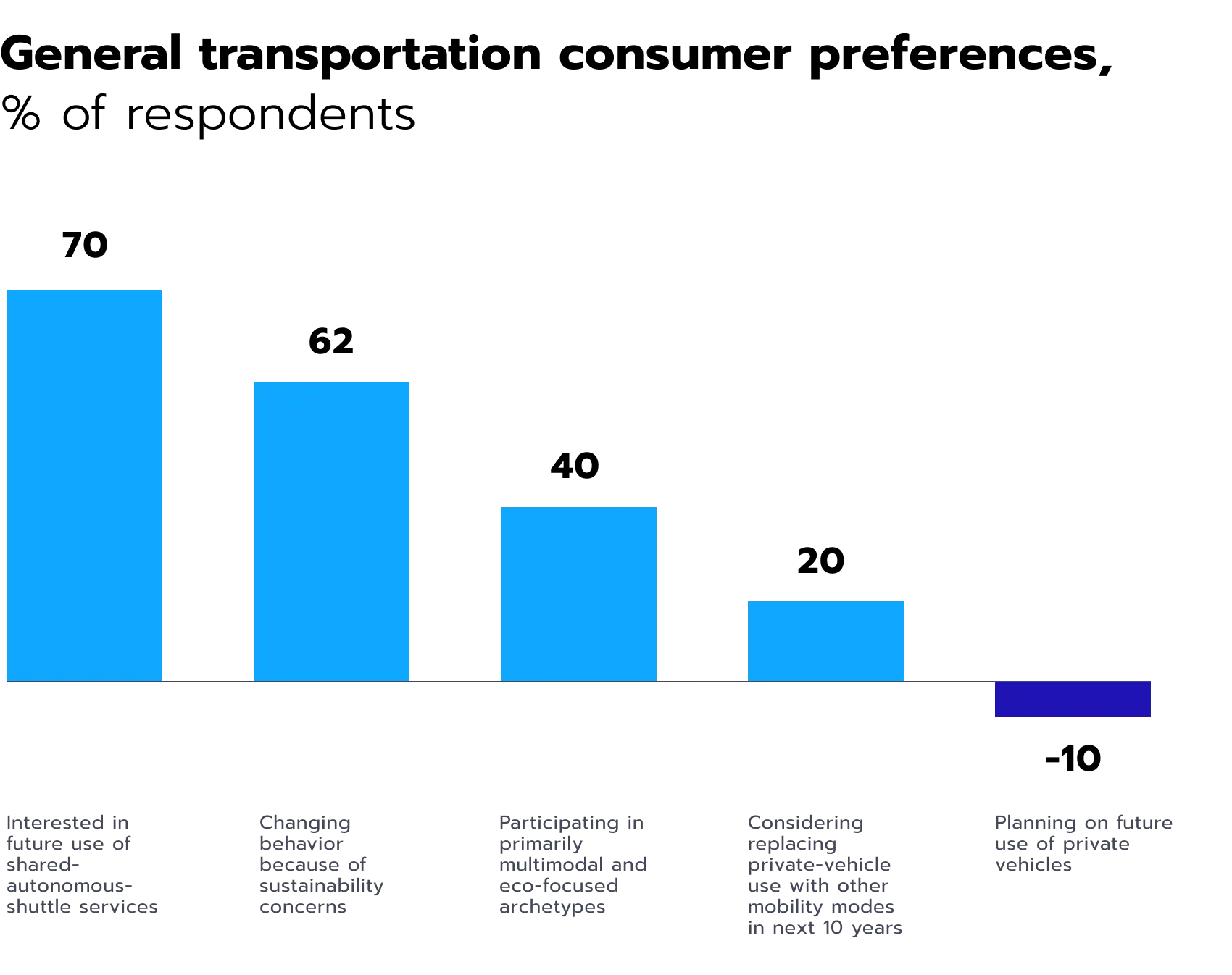
Figure 6. Consumer interest in sustainable transportation options
Environmental concerns are driving investments in the mobility sector. Consumer preferences increasingly favor environmentally friendly transportation options. Many companies are planning to replace private vehicles with alternative modes of transportation. Sustainability is no longer just a buzzword; it is now a clear path forward for the automotive and mobility industries.
6. Micromobility and new modes of transport
Micromobility is rapidly growing within the mobility ecosystem. E-bikes and e-scooters have gained popularity in numerous cities, offering a quick and on-demand solution to navigate congested urban areas. Though small in size, these devices are making a significant impact on the broader mobility industry. (see Fig. 7).
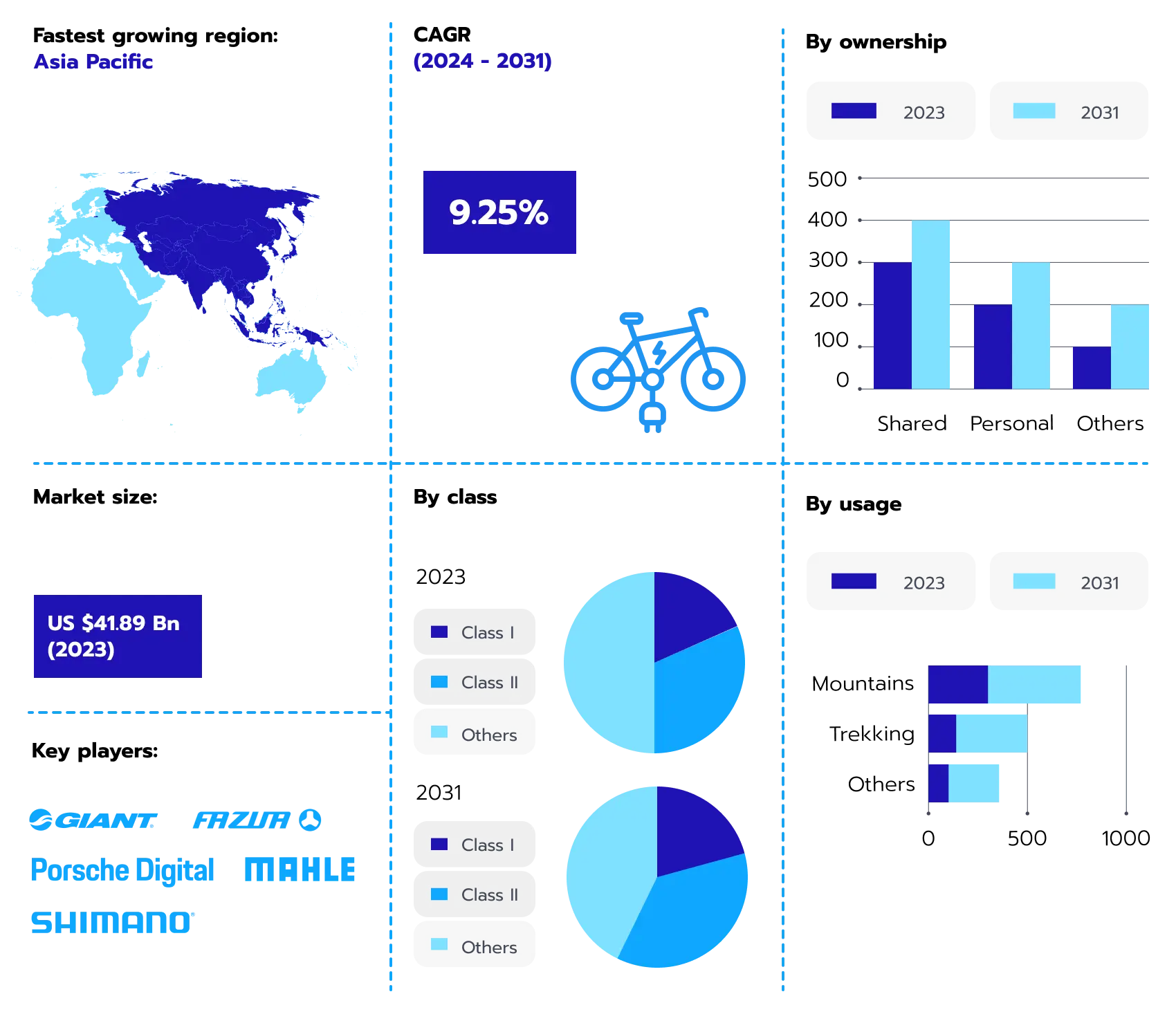
Figure 7. Global e-bike market research report
Many experts see the rise of micromobility as a major positive trend. It is often a preferred option for short trips. Studies show that increasing the use of micromobility can reduce congestion and improve maintenance and operations for city infrastructure. Besides, there are definite health-related benefits to the rising interest in micromobility. One can only assume what the positive impact can be if the trend is further applied on an even greater scale.
7. Data, connectivity, and the digital ecosystem
Data plays a critical role in the evolution of mobility. Real-time data and connectivity allow companies to optimize routes and improve maintenance and operations. Advanced analytics study consumer preferences, and making sense of raw data is a great way to understand what users want now and in the near future. Predictive analytics and related technologies are key mobility trends right now, and data-related tech is becoming a major trend across various industries.
Connectivity is not just about data; it also means linking various modes of mobility, from private car travel to public transport. Connectivity enhances maintenance and operations, and it supports future mobility trends by enabling real-time adjustments within the mobility ecosystem.
By combining data analytics and connectivity, systems can operate on raw information, quickly making sense of it and delivering actionable insights across interrelated systems. This is exactly what enables the spread of various mobility tech trends at different scales.
8. Investment and the global market
The global market for mobility solutions is expanding. Car companies and startups alike are investing in new technologies (see Fig. 8). Increased investment is driving innovation in the mobility industry. Investors see potential in solutions that reduce congestion and improve air quality.
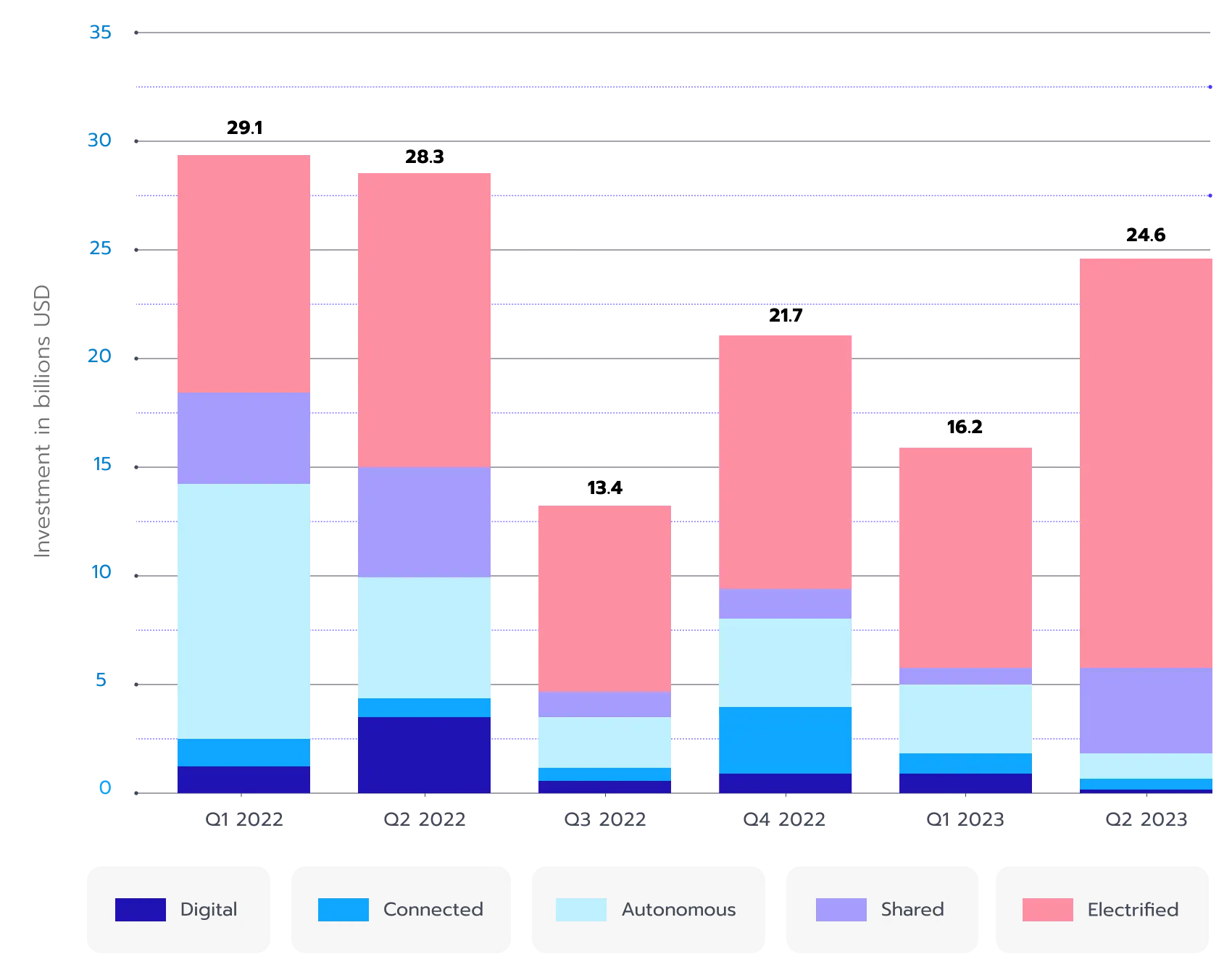
Figure 8. The volume of global disclosed investment in mobility technologies
Market share is shifting. Traditional players face competition from agile startups, which often bring fresh ideas to the table. Some focus on trends like shared mobility, while others invest in autonomous driving. These trends indicate that the global market is ripe for change.
Conclusion
The manufacturing and mobility sectors are converging in a way that promises a cleaner, smarter future. The bold mobility trends we have explored are just a part of a larger shift. They represent the future of mobility trends that will define how we live and move. The industry is changing rapidly, and each trend plays a role.
1. Manufacturers, car companies, and startups are investing in new technologies. They are rethinking the internal combustion engine and embracing electrification. They are developing autonomous vehicles and refining mobility solutions.
2. Public transportation, shared mobility, and micromobility are also gaining ground. Consumers are looking for alternatives to private car ownership. They want mobility options that are seamless, efficient, and environmentally friendly. As urban environments grow, smart systems will be key to managing traffic and ensuring improved air quality.
As you reflect on these insights, ask yourself: what is the mobility industry? And what are the future mobility trends? The answer lies in the dynamic blend of technology, consumer demand, and smart investments. Together, these factors form a powerful force that will drive the industry forward.
The transformation of the mobility industry is a story of innovation and progress. It is about creating mobility options that are not only efficient but also greener and more sustainable. With fewer cars on city streets and more shared, autonomous, and electric vehicles, our future looks brighter. The integration of manufacturing and mobility trends is set to lead the way. Industry leaders, regulators, and consumers are all part of this exciting journey.
Let us embrace these changes. Let us look ahead with optimism and determination. The mobility industry trends we see today are the foundation for tomorrow’s mobility ecosystem.
By investing in new technologies, improving connectivity, and prioritizing sustainability, we shape the future of industry in 2025 and beyond.
Contact Avenga, your trusted expert in tech-related mobility and manufacturing.










